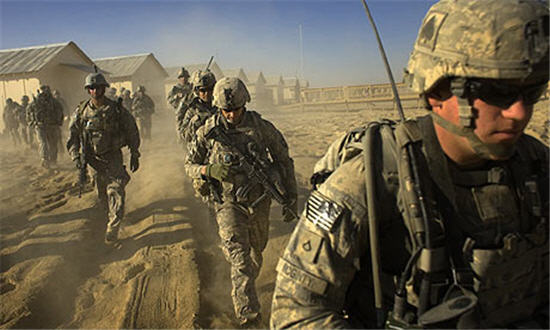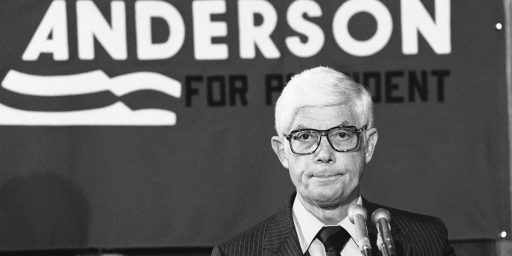The Costs Of War: $20 Billion For Air Conditioning
Among the most interesting costs of fighting a war in a desert climate:
The amount the U.S. military spends annually on air conditioning in Iraq and Afghanistan: $20.2 billion.
That’s more than NASA’s budget. It’s more than BP has paid so far for damage during the Gulf oil spill. It’s what the G-8 has pledged to help foster new democracies in Egypt and Tunisia.
“When you consider the cost to deliver the fuel to some of the most isolated places in the world — escorting, command and control, medevac support — when you throw all that infrastructure in, we’re talking over $20 billion,” Steven Anderson tells weekends on All Things Considered guest host Rachel Martin. Anderson is a retired brigadier general who served as Gen. David Patreaus’ chief logistician in Iraq.
Why does it cost so much?
To power an air conditioner at a remote outpost in land-locked Afghanistan, a gallon of fuel has to be shipped into Karachi, Pakistan, then driven 800 miles over 18 days to Afghanistan on roads that are sometimes little more than “improved goat trails,” Anderson says. “And you’ve got risks that are associated with moving the fuel almost every mile of the way.”
Anderson calculates more than 1,000 troops have died in fuel convoys, which remain prime targets for attack. Free-standing tents equipped with air conditioners in 125 degree heat require a lot of fuel. Anderson says by making those structures more efficient, the military could save lives and dollars.
Or, we could just not fight wars requiring long-term occupations by tens of thousands of soldiers in unbearable climates.







Or we could train up a force of soldiers who are able to withstand the climate that the local people live in….
Sorry, this just bites. A/C is just a drug that lets the intolerable become tolerable. The arrival of a/c in the Capitol building in the 1930s was seen as a detriment, for now congress would stay in session longer, and pass more intolerable bills.
Any argument? I don’t think so.
There air condition probably isn’t for the soldiers, so much as the computers the soldiers brought along with them.
Why do you hate America, Doug?
I did some work with The Truman Project a few years back. The energy use involved in supplying AC to tents in a desert was one of the baseis for some solar pilot projects in trying to reduce energy use. It’s been a major problem for awhile, not just on an environmental-philosophical basis, but on a cost basis as well. Support in attempting to use sustainable ways to bring down that cost is just now getting going.
Good point, Stormy. I live in the South. My husband and I don’t mind the heat, so we often leave the A/C off on days when it’s under 85 or so…except in our home office, because of our computers.
And the heat here is *nothing* like it is in Iraq.
Yeah, how dare we we fight after Islamic animals killed 2,996 of our countrymen.
Obvious troll is obvious.
There’s your crumb. Scurry back, now.
So now we learn that the Dept of Defense is spending $20 billion air conditioning tents “in a hot sandy place,” as Amory Lovins says in our new documentary, Carbon Nation (@co2nation, http://www.carbonnationmovie.com). And our soldiers are dying delivering all that fuel that’s being wasted in the diesel generators at our forward operating bases (FOB), because fuel convoys at prime targets. This is waste upon waste: as Dan Nolan adds, our soldiers are dying while “we are basically air conditioning the desert.” Carbon Nation is about solutions. And the FOB solution is to insulate the tents with foam, reducing the fuel load to less than a fifth of what was needed before. That’s one fuel convoy for every five previously. But these solutions keep on coming. Watching Navy Sec. Ray Mabus speak last month, I was blown away by his new goal: to have his Navy (which includes the Marines) to have all of its fuel, all of it, to be U.S-made biofuel by 2020. Biofuel that uses no food sources or arable land. Biofuel 2.0.